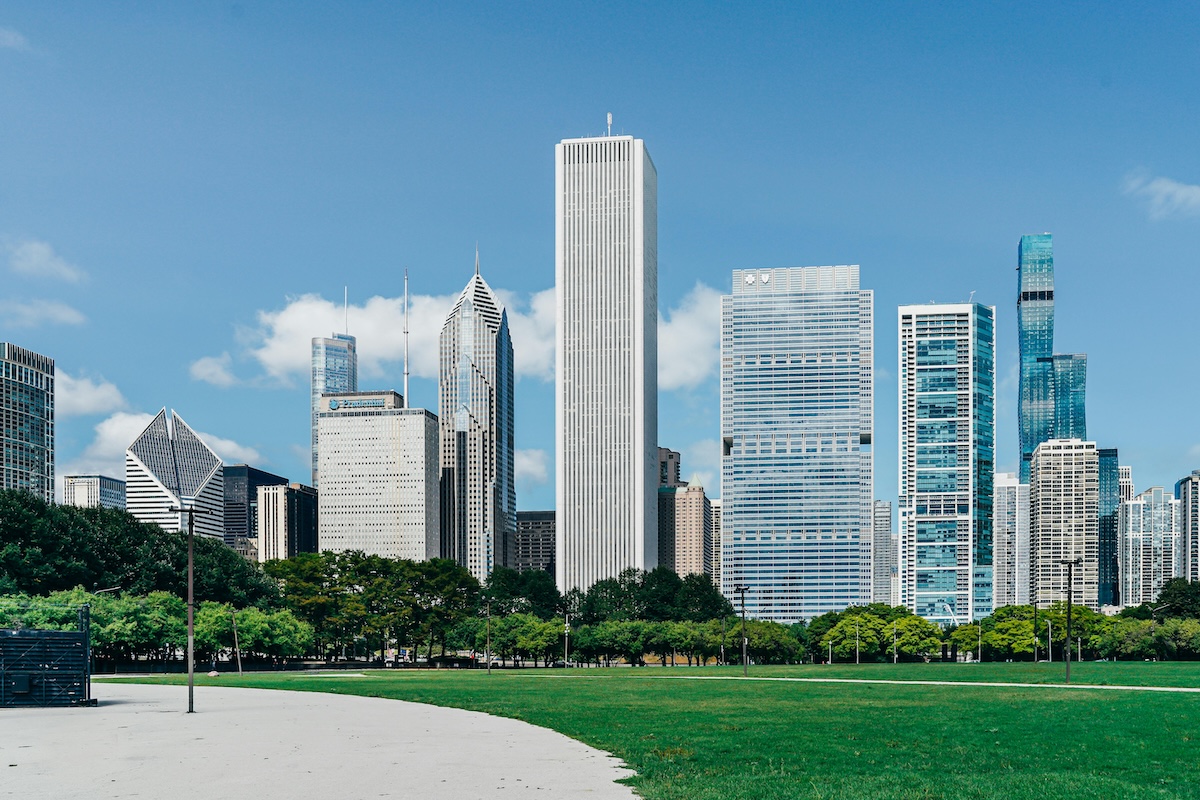
A vision encapsulates the quintessential American aspiration: a home spanning two stories, accompanied by the presence of 2.4 children. The addition of a dual-vehicle storage facility and an impeccably maintained verdant expanse further complements this archetype. This conceptualization has been at the heart of domestic ideals across the United States for more than two familial generations, where the lawn has risen to a position of unparalleled prominence within the domestic landscape. Indeed, its significance has escalated to almost sacrosanct levels in numerous locales, safeguarded against alterations or deviations by the edicts of homeowners’ associations and municipal regulations. The expanse occupied by lawns and analogous green spaces across the U.S. exceeds forty million acres, a territory surpassing the geographical footprint of North Dakota.
The High Price of Maintaining Manicured Ecosystems
The upkeep of these meticulously crafted, yet ecologically discordant expanses incurs significant environmental and economic costs. The operation of lawn mowers and related machinery is responsible for approximately 5% of the nation’s air pollution and contributes notably to noise pollution. Furthermore, the maintenance of these visually flawless spaces demands substantial water resources, accounting for between one-third and two-thirds of all urban freshwater consumption. It is particularly striking that in regions grappling with water scarcity or stress, the demand for water by lawns significantly exacerbates the strain on limited water resources, threatening their vitality.
A Startling Revelation: The Hidden Environmental Impact of Urban Lawns
What may come as a revelation to many is the extensive financial and environmental toll exacted by lawn maintenance. Homeowners collectively invest billions of dollars, applying up to ten times more pesticides and fertilizers per acre on their lawns compared to agricultural applications, with the majority of these chemicals being squandered due to improper timing and methods of application. This mismanagement leads to runoff, which subsequently emerges as a predominant source of water contamination. Although agricultural lands occupy a larger area, the concentration of pesticide use in urban settings significantly surpasses that in agricultural contexts, as noted by Canadian studies, underscoring the intensity of chemical usage in urban green spaces.
The Overlooked Hazard Outside Our Front Doors
While individuals invested in the principles of Wise Traditions prioritize the origins and cultivation methods of food due to their implications for health, the environmental dynamics at our very doorstep warrant equal attention. The expansive definition of “pesticides” by the Environmental Protection Agency (EPA) encompasses a wide array of substances aimed at mitigating pests, along with plant regulators and other related compounds. While some of these substances are derived from natural sources and offer benefits, including use in organic farming, they also pose risks and adverse effects that are often downplayed or insufficiently researched.
The Impact of Herbicides on Home Lawns: An Underestimated Concern
Focusing specifically on herbicides, excluding other chemicals used in lawn and landscape maintenance, it is estimated that Americans apply nearly one hundred million pounds of herbicides to residential lawns each year. Alarmingly, certain chemical formulations permitted for use on residential lawns are banned or restricted in agricultural contexts. This discrepancy highlights the potential health risks posed by widespread pesticide use in urban areas, affecting human and animal health and contributing to a variety of health concerns, including carcinogenicity, reproductive and developmental issues, and neurotoxicity, among others.
Members Only Content
To continue reading please subscribe to WellnessPlus by Dr. Jess MD
Be your own best doctor with our comprehensive suite of online health coaching tools.
